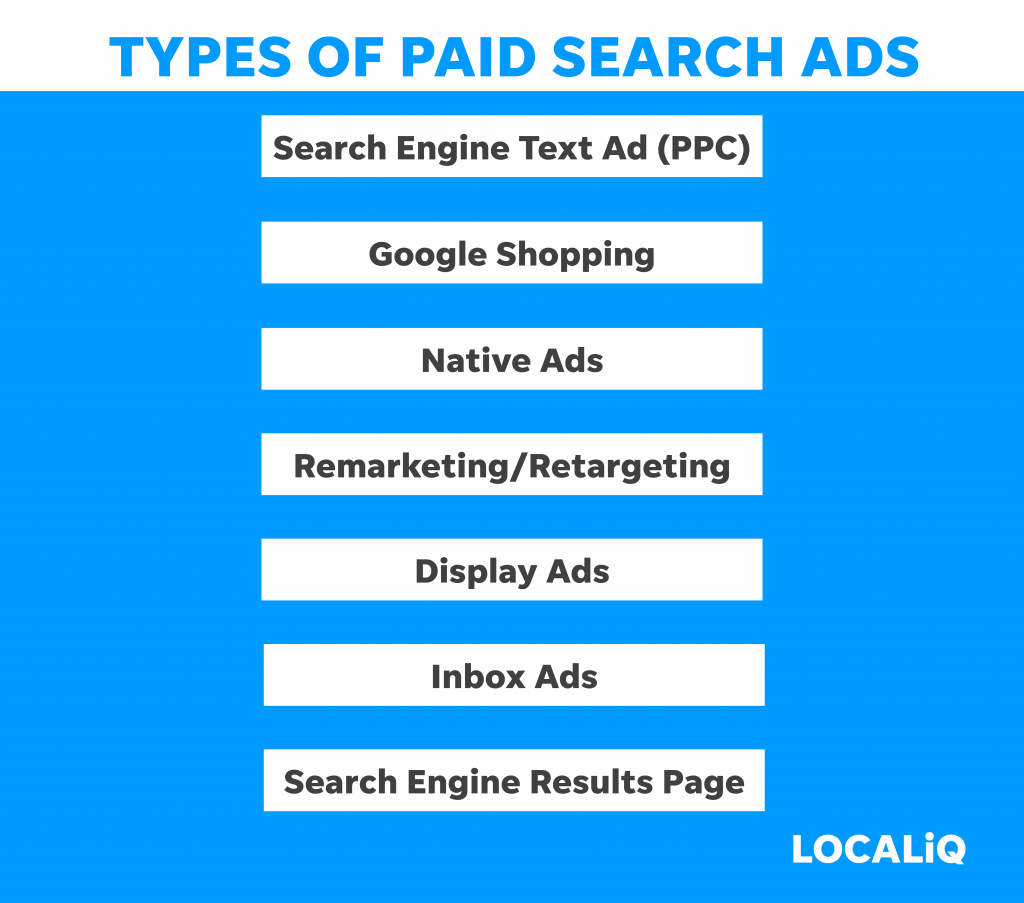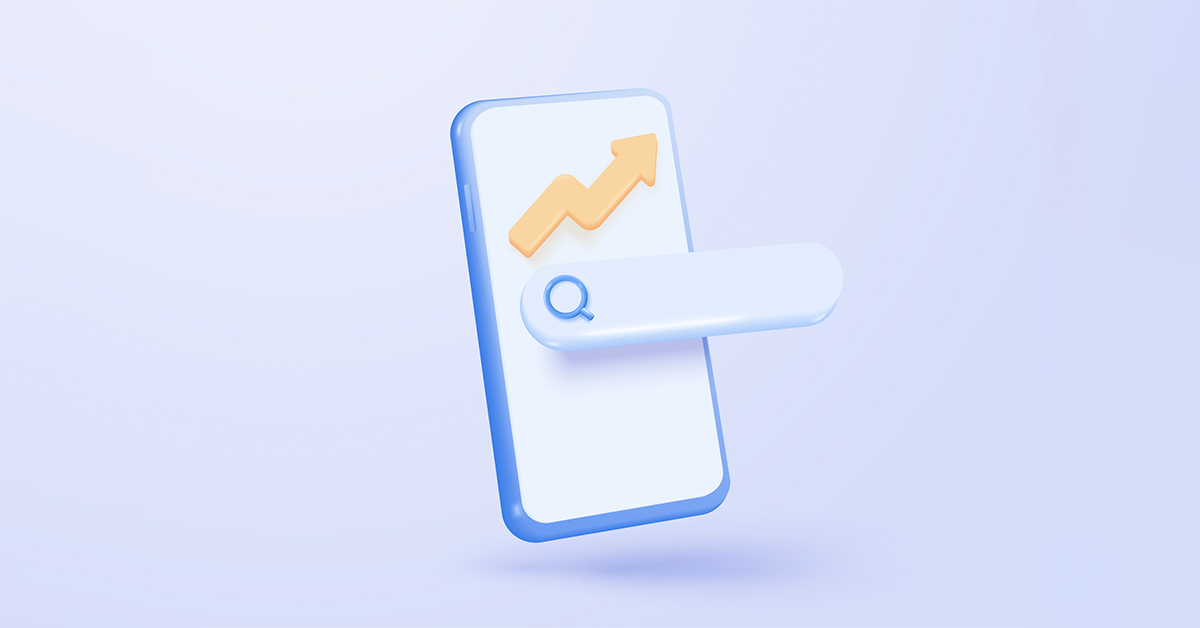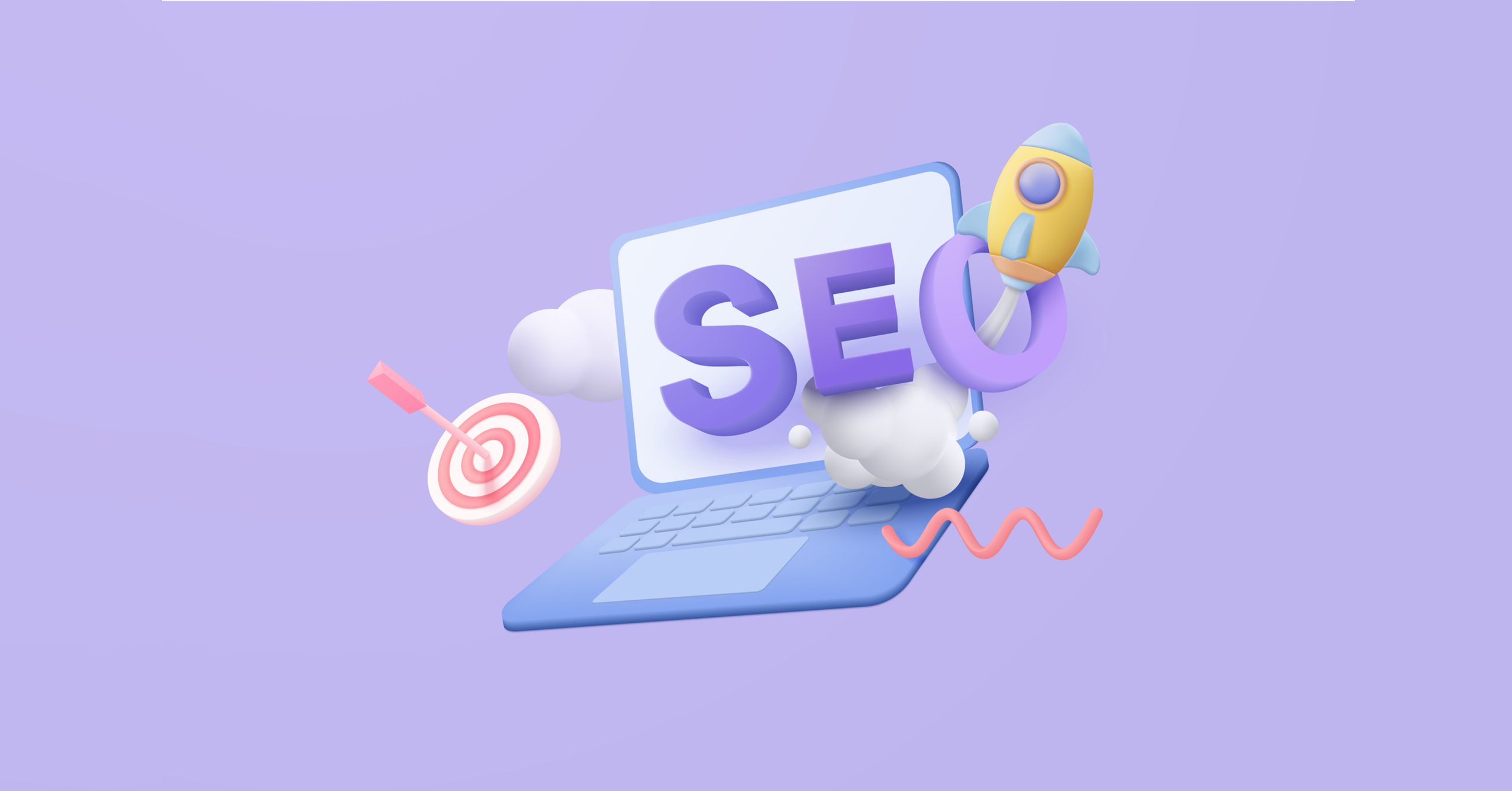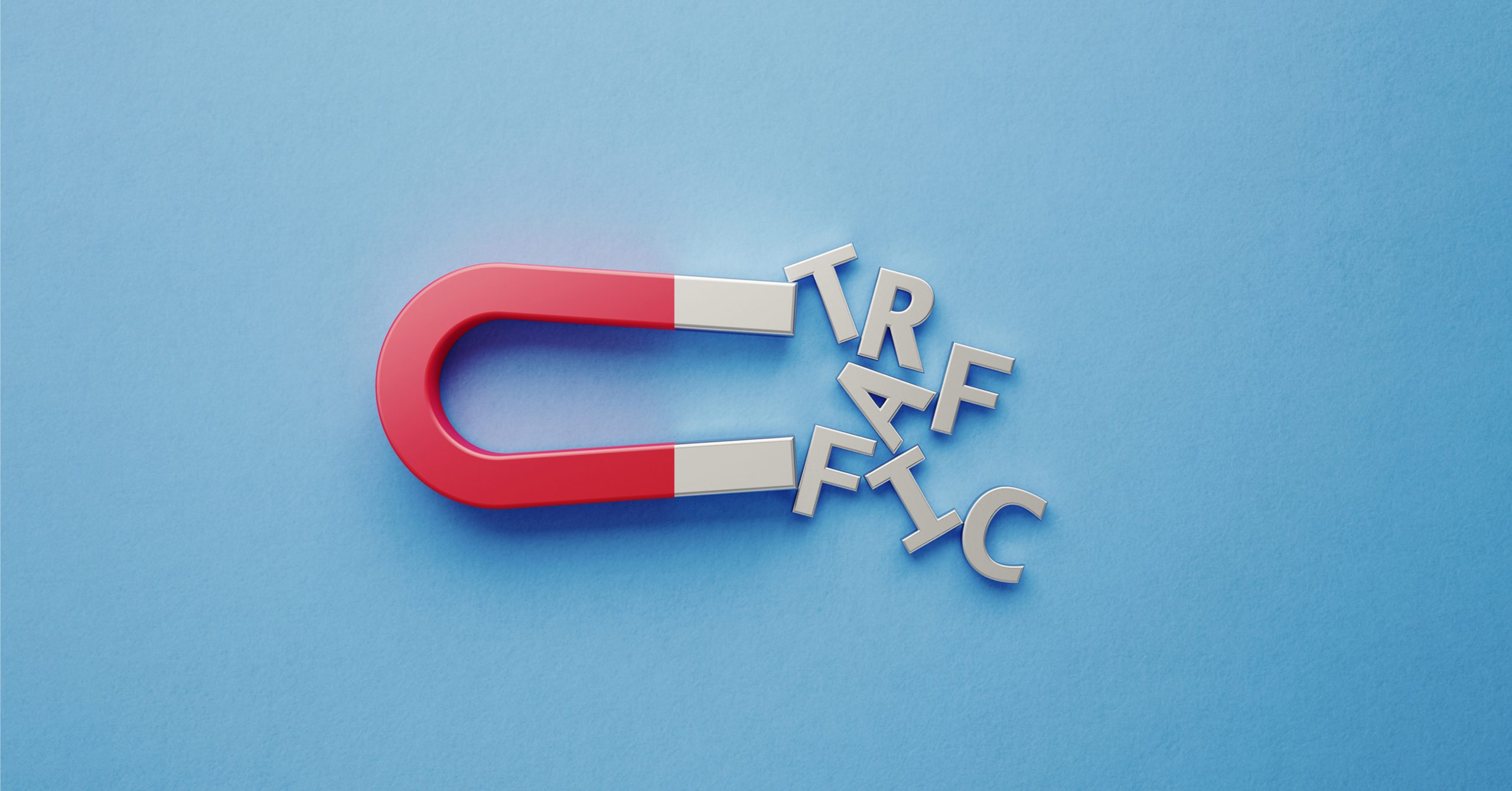With more and more people using search engines and social media to browse, research, and purchase products and services, paid advertising is a key part of your marketing strategy to boost your business and attract ideal consumers. When comparing search vs. social, search is more effective for some online objectives while social may be a more suitable choice for others.
In this blog, we’ll discuss and compare paid social and paid search ads so you can assess which would be the best fit for your business.
- What is Paid Search?
- What is Paid Social?
- What is the difference between Paid Search and Paid Social
- Which is better for small businesses?
What is Paid Search?
Paid search, also referred to as Search Engine Marketing (SEM) or Pay-per-click (PPC), is a form of digital marketing where search engines, such as Google or Bing, permit advertisers to place adverts directly on their search engine results page (SERP). The SERP, is a page full of listings related to a user’s search query, it displays both organic results and paid results although paid ads are displayed at the top of the page.
Paid search ads take up the first three slots on the SERPs. These ads appear when users search using keywords or phrases relevant to your business and its offerings. The goal of paid search advertising is to drive traffic to a website by paying search engines to display their ads higher on relevant SERPs.
Example of a Paid Search Engine Text Ad:
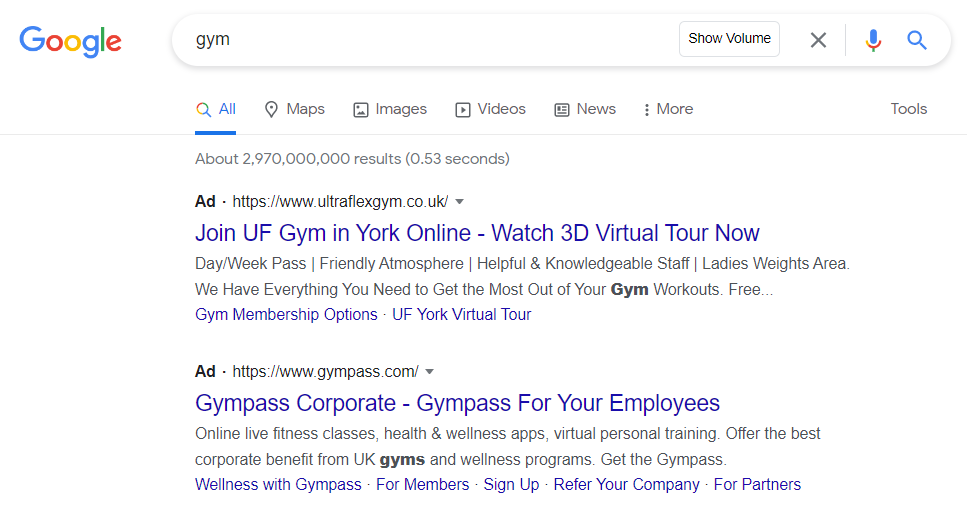
Reasons why you should use Paid Search:
- Paid search ads enable you to target a very specific audience, you can even retarget individuals who have visited your website before.
- Paid search ads give you more website traffic. If you have an online business, paid advertisements are an extremely powerful way to gain customers.
- Paid search ads are extremely time efficient; they can be set up in under an hour and your listing will immediately be displayed in the sponsored results.
- Search engine platforms offer geotargeting, providing advertisers with local and global reach on their advertisements which allows them to reach users living in a specific and relevant area(s).
- Generates immediate results, paid advertisements will deliver results much faster than standard organic search.
- Paid search offers conversion tracking and detailed data analytics. You can monitor ad performance in real-time and gather information about the users engaging with them.
• Control over marketing budget, you can tailor your paid search advertising campaigns based on how much you’re willing to spend overall.
Disadvantages of Paid Search:
- In some industries paid search can be extremely competitive because certain keywords are like gold dust in terms of their potential to drive engagement and therefore have high cost-per-click.
- Today’s consumers find visual content highly engaging, however, most search ads are text-based only. You can use product listing ads and display ads, which can include images, but those are the only available ad formats for paid search advertising.
- People are more likely to trust organic results than paid ads. Most users are aware that paid ads are ranked high on the SERP because a company is paying for them and will purposely skip the paid results until they find the first organic results.
- Due to the nature of search engines, users are exposed to a lot of options for the same product, so you can be easily compared to your competition.
- With paid advertisements, once your money runs out your link will no longer be displayed at the top of the search results.
- Marketing budgets can easily be wasted when audience settings, keyword selection, and goal tracking are done incorrectly.
- Due to being text-based, search ads don’t have a viral quality to them (unlike social media advertising which thrives on content sharing).
What is Paid Social?
Paid social advertising is when businesses pay to post ads on social media platforms like Facebook, Instagram, TikTok, YouTube, etc. A paid social campaign involves displaying sponsored marketing content on third-party social networks for the purpose of attracting specific customers.
All social media platforms offer paid social media advertising, but it’s best to focus on the network(s) you want to grow your presence on or the channels which are most popular with your target customers.
There are also different ad formats to choose from, although they may slightly vary depending on the platform. Typically, there are two social advertisement payment models, you can pay; every time your advert is clicked on, or each time a conversion is produced as a result of the advertisement.
Example of a Paid Social Ad:

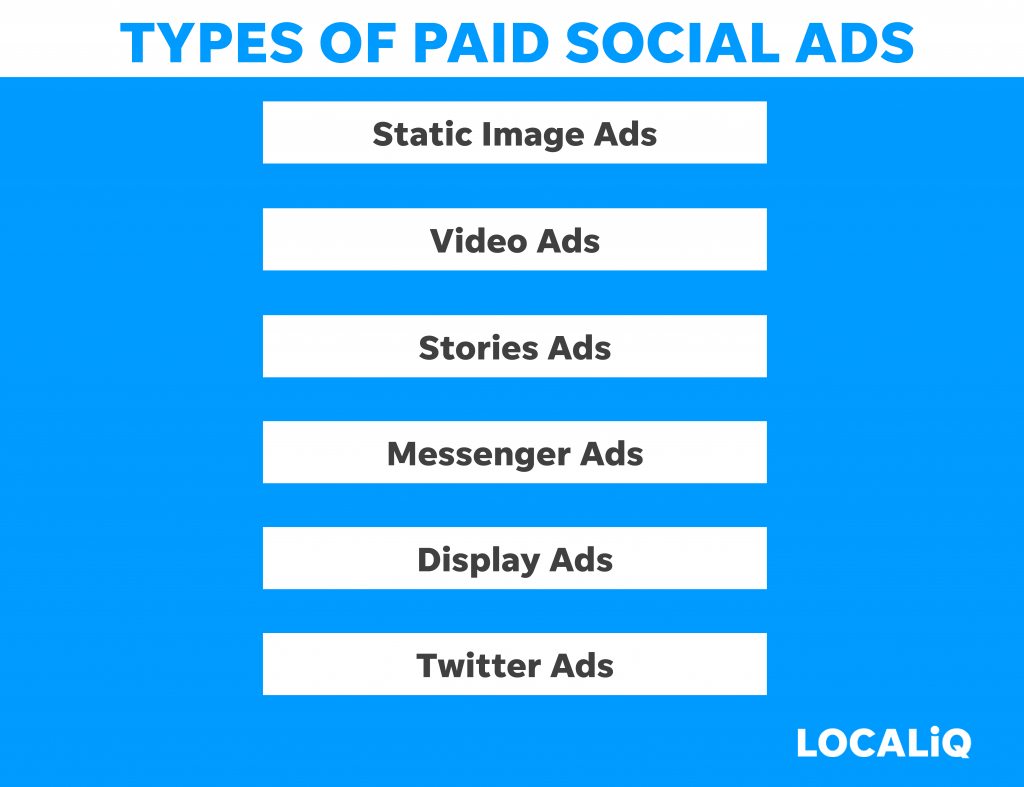
Reasons why you should use Paid Social:
- Paid social guarantees your ad receives a lot of impressions and providing you have selected your audience correctly; it will be seen by the right people.
- Social media marketing has an extremely wide customer reach which helps increase brand awareness and overall online visibility. It is a great way to attract new consumers and increase your social media following.
- Each social media platform offers different ad formats that provides more room for creativity.
- Paid social enables you to define and target your audience based on their age, location, education as well as likes and dislikes. Additionally, many social media platforms (including Facebook) allow you to retarget users who have previously visited your site and/or made a purchase.
- Social Media advertising tools enable you to research competitors’ latest trends and activities.
- Providing valuable content through paid social ads can increase consumer trust and brand awareness.
- Social media marketing is one of the least expensive types of advertising available.
Disadvantages of using Paid Social:
- There is limited ad space available to reach each consumer. With limited ad space comes higher competition and with higher competition comes higher pricing.
- Social media advertising allows users to leave negative feedback. Just one comment containing negative feedback from a dismayed customer or client can go viral. Find out how you can handle negative feedback and comments on social media.
- All social ads need to be approved; it can take up to 24 hours for them to become live.
- Due to the high volume of ads on social media, it can be hard to stand out from the competition. There is a high demand to create visually engaging content.
- Many users find ads on their social media feeds as intrusive. Paid social can also become repetitive to your audience which causes them to ignore your advertisements.
- It is easy to waste your valuable marketing budget by making mistakes in audience selection, ad placement, and goal tracking.
- Cost-per-click is typically more expensive than other channels, and some platforms have a minimum daily budget meaning you may need a substantial budget to get your campaigns running.
- Social media platforms update their algorithms regularly, so you must always be looking out for updates to ensure your adverts are fully optimised.
What is the difference between Paid Search and Paid Social?
The main difference between paid search and paid social is they are two separate ad networks, which determine where and how the ads are displayed. Additionally, consumers use search engines and social media for different reasons and in different ways.
Paid search is a short-term strategy that is responsive to a customer’s wants or needs; essentially the customer is coming to you when searching for a product or service through a search engine. On the other hand, paid social is a more proactive marketing strategy where you are reaching out to your customers to promote your business through social media advertisements.
Paid social ads are best for building relationships and generating interest from targeted customers, whereas paid search ads are best for attracting customers who know exactly what they want and are actively searching for it.
Although both search engines and social media platforms have detailed ad targeting options, they do vary depending on the ad network. Paid search targets consumers based on the keywords and phrases they use to search for a product, whilst paid social targets consumers based on their demographics and interests.
The main advantage of paid social ads compared to paid search ads is that they allow advertisers to reach out to their potential customers through visual ads such as images, videos, animations, etc.
This not only makes the brands look visually attractive but also increases the likelihood of generating clicks from users.
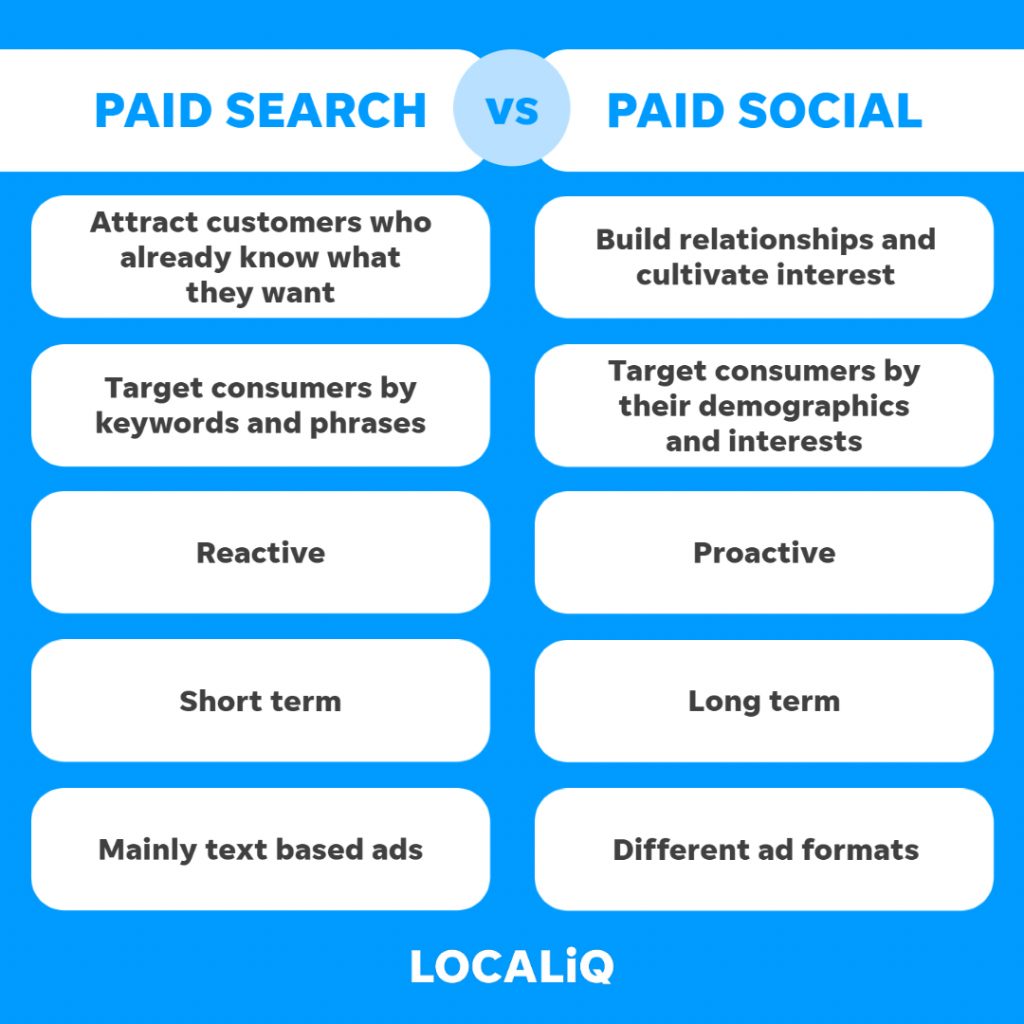
Which is better for small businesses?
To get the most out of your marketing efforts, you should really advertise on both search engines and social media. When you use a mixture you can reach more consumers and gain the attention of your audience at each stage of the buyer journey.
Paid social ads are great to target consumers at the beginning of their purchase process (awareness and consideration stage), meanwhile paid search ads are best to target users who are aware of what they need and are ready to purchase (decision stage).
Nevertheless, it is not always feasible to pay for both social and search advertising in which case you need to choose which would be most beneficial for your specific business goals and which network is the most efficient way to reach your ideal customers. For example, if your goal is to increase leads you will probably want to invest in paid search advertising to gain high visibility.
You should consider using paid search if these are your business goals:
- You want to see immediate results.
- You want to earn more website traffic and clicks.
- You want to increase your online visibility and competitiveness on search engines.
You should consider using paid social if these are your business goals:
- You want to increase brand awareness and capture new subsets of customers.
- You want to create engaging ads that will resonate with your target audience.
- You want your ads to contain visual elements.
- You want to target a specific group of consumers on social media.
Do you want to be successful in your digital marketing campaigns? Get in touch with our experts today for a free consultation.
Further resources:
How to Successfully Run a Paid Search Campaign.
Why You Should Run Paid Social Media Advertising For Small Business.
How to Master Paid Social Media Advertising: Your Questions Answered.


